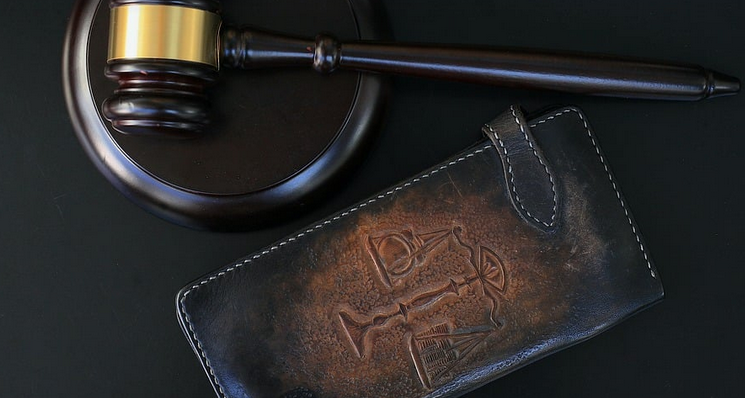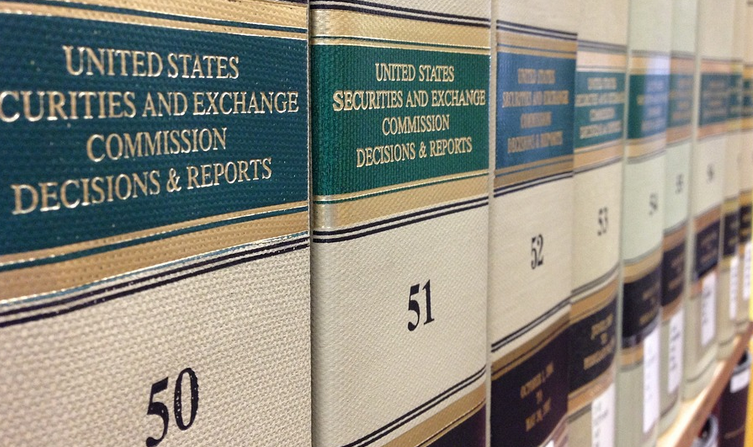Unmasking the Mystery: A Look at Los Angeles’ Crime Scene Investigation
Los Angeles, California. The City of Angels. It’s known for its sunshine, beaches, and vibrant culture, but beneath this glimmering surface lies a complex reality – one that involves crime, investigation, and the tireless efforts of dedicated professionals to uncover the truth.
The world of crime scene investigation is often shrouded in mystery and intrigue, with every detail analyzed, every piece collected like a puzzle. Los Angeles, being a city as diverse and sprawling as it is, faces its own unique challenges when it comes to investigating crimes. But within this complex environment, law enforcement agencies have built a robust system for solving crimes, ensuring justice is served, and victims receive the support they need.
Crime scene investigation in Los Angeles is more than just collecting evidence; it’s about piecing together the events that led up to a crime. This involves carefully documenting every aspect of the scene—from examining potential entry points to identifying any signs of forced entries or unusual access points. It’s a meticulous process, demanding attention to detail and a deep understanding of forensic science, as well as an unwavering commitment to justice.
Los Angeles Police Department (LAPD) Detective Division plays a crucial role in these investigations. They employ trained investigators who are experts in their field, working diligently to collect and preserve evidence, such as fingerprints, DNA samples, and ballistics reports. Specialized teams like the LAPD Crime Scene Unit work with forensic science specialists, creating a comprehensive picture of what transpired at the scene.
The process begins right at the scene. First responders arrive, ensuring safety for all involved – from officers securing the perimeter to paramedics attending to any injuries. The crime scene unit then takes over. They cordon off the area, establishing a safe zone for investigators, while preserving the integrity of evidence found within the crime scene boundaries.
The heart and soul of crime scene investigation lies in meticulous documentation. It is all about creating detailed narratives that capture every detail of the scene, including the location of each piece of evidence, its condition, and how it might have been moved or altered after the crime. Photography, sketching, and even three-dimensional models are crucial tools for investigators to visualize what transpired during a crime.
As they gather details about the crime, teams will employ various scientific methods to analyze evidence. They use DNA profiling to identify suspects, trace fingerprints to connect them to the crime scene, and employ ballistics analysis to determine the type of weapon used and its trajectory. The goal is to unravel the story behind each piece of evidence – a jigsaw puzzle with countless pieces waiting for their place in the larger picture.
The process of finding and analyzing evidence does not stop at the crime scene itself. Evidence can be transported to labs where specialized teams analyze it under strict protocols, employing advanced technologies like DNA sequencers, micro-electron microscopes, and high-resolution imaging techniques to identify and gather crucial information about suspects or victims.
For many involved in a crime scene investigation, justice is not just the final verdict. It’s an ongoing process of understanding the events that led up to the crime, identifying those responsible, and bringing them to account. For families who have lost loved ones, it’s about finding closure—a sense of safety and assurance after a violation has been committed.
As technology evolves, so does crime scene investigation in Los Angeles. New techniques are constantly being developed to enhance the efficiency and accuracy of evidence collection and analysis. The use of digital forensics allows investigators to extract information from electronic devices like smartphones or computers, providing invaluable insights into a suspect’s activities before, during, and after the crime.



